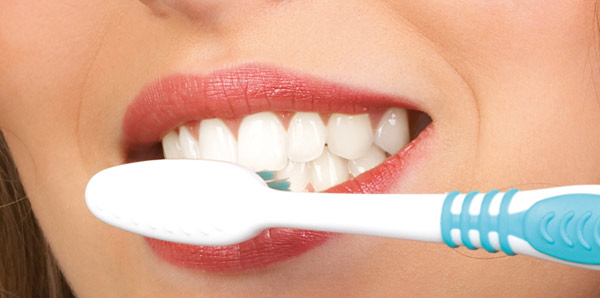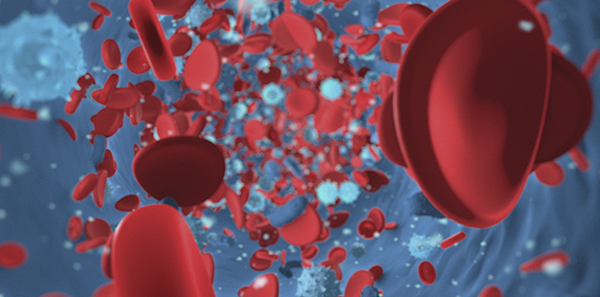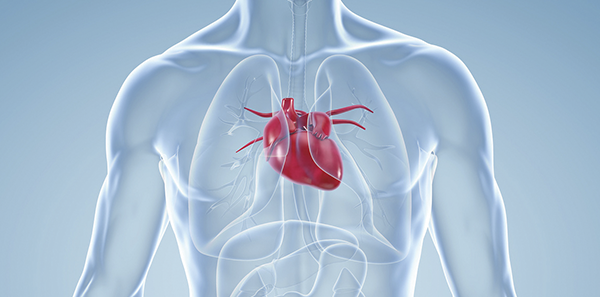
Nowadays a lot of people know about gum disease or periodontitis, which is no surprise because it is the second most frequent cause of tooth loss after caries. Today’s society knows what to do if caries appear, but we may be less aware of what to do in cases of what was commonly known for many years as “pyorrhoea”.
Periodontal disease and gum disease are terms used to describe a process with numerous stages. These range from gingivitis, which is simple gum inflammation, to periodontitis which is destructive inflammation of the tissues surrounding the teeth. The way this disease develops is largely dependent the patient’s dental hygiene routine and use of suitable dental treatments, the choice of which depend on how far it has progressed. If the patient does nothing to halt the progress of the condition, eventually several teeth may be lost, which will have a number of consequences.
How can I tell if there is something wrong with my gums?
The first sign is usually bleeding and reddening of the gums, although you should remember that this bleeding may not occur or may be very minor in the case of smokers, with the downside that it may go undetected.
Another established sign of periodontitis is gum recession, which leads to exposure of the dental roots. Patients get the impression that their teeth have got longer, but what has actually happened is that the bone supporting the gum has eroded, causing it to recede.
In the advanced stages of the disease the teeth may wobble. Even so, there are ways of saving them. Other signs indicative of gum disease are sensitivity, bad breath or discomfort when chewing.
What are the risk factors?
Poor oral hygiene is the primary cause of gum disease. There are also a number of illnesses such as diabetes and some medicines that can cause the appearance of gum problems, as well as habits like smoking, hormonal changes and stress have also been identified as risk factors.
How is gum disease treated?
Correct diagnosis is the crucial first step which enables the dentist to plan the most appropriate treatment for the patient. This is done by performing a periodontogram, an examination which consists of measuring the height between the edge of the gum and underlying bone, taking a series of X-rays and probing each tooth.
If this examination reveals the presence of disease, the first step is to deal with the inflammation. If not it will develop into periodontitis, the chronic stage of this disease, which means inflammation, infection and destruction of the ligaments and bones that support the teeth. The anti-inflammatory treatment stage can consist of simple oral hygiene measures and sometimes cutterage, which consists of removing the plaque and tartar between the gum and the teeth, sometimes in combination with drug treatment. A surgical approach may be required to correctly clean the affected tissues in advanced cases. Lastly, but equally important, is the follow-up stage, which consists of attending regular appointments with your dentist to check for changes or chronic symptoms of the disease to ensure prompt treatment.
Dr. Alfredo Díaz-Valero Escalante – Dentist Association No. 10117
The information published in this media neither substitutes nor complements in any way the direct supervision of a doctor, his diagnosis or the treatment that he may prescribe. It should also not be used for self-diagnosis.
The exclusive responsibility for the use of this service lies with the reader.
ASSSA advises you to always consult your doctor about any issue concerning your health.












